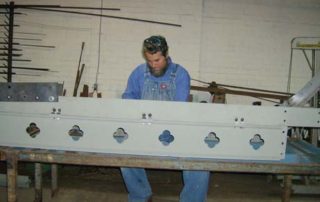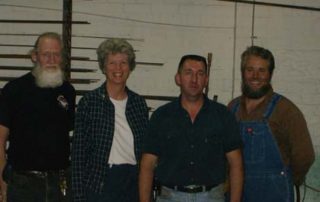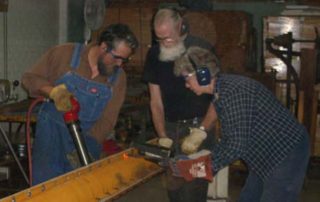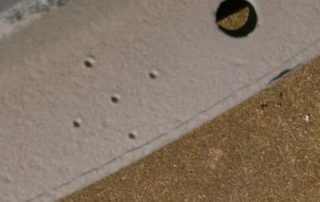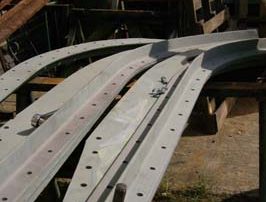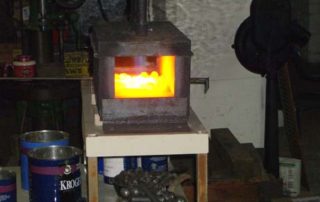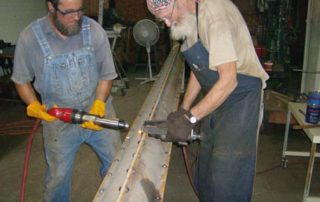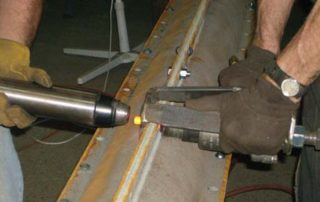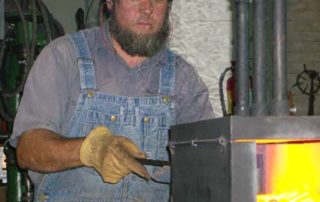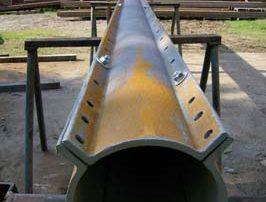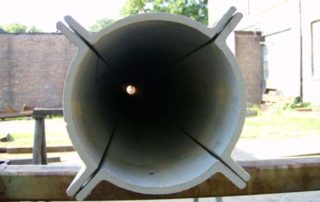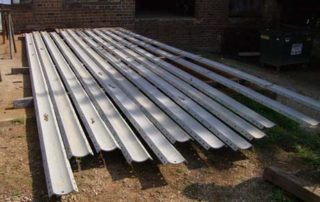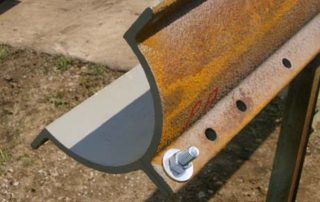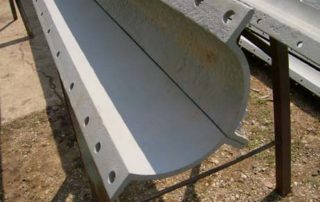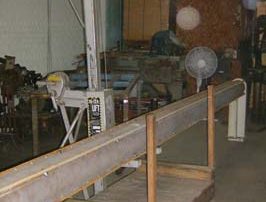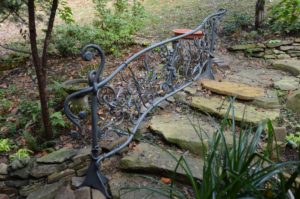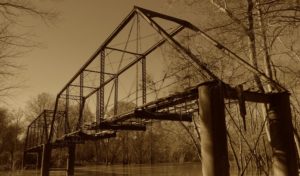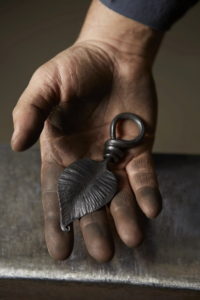ZOARVILLE IRON BRIDGE
Logan, OH
From the Columbus Dispatch, September 9, 2006
Saturday, September 09, 2006
Mary Beth Lane
THE COLUMBUS DISPATCH
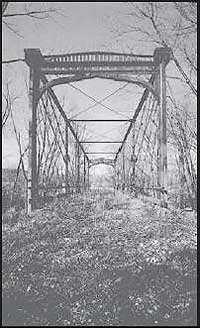
LOGAN, Ohio — The Civil War had ended just a few years before a stately wrought-iron bridge was built in northeastern Ohio in 1868.
Since then, time, flooding and corrosion have taken their toll.
Now, in an effort to restore the bridge, two 21st-century blacksmiths in southeastern Ohio are riveting parts of the bridge back together, just as the 19th-century skilled laborers did when they built the bridge.
“In the 1860s, they didn’t have the capability to weld. Riveting was the technology of the day,” said blacksmith Doug Lockhart.
His blacksmith shop in downtown Logan in Hocking County, about 45 miles southeast of Columbus, is the setting for the bridge restoration that he is doing with Jeff Gawell, a blacksmith from Lancaster in Fairfield County.

They are working on the Zoarville Station Bridge. It will be taken home to Tuscarawas County and reassembled on site when the restoration is completed later this year.
Designed by noted bridge builder Albert Fink, it is the only known Fink through-truss bridge remaining in the country and is listed on the National Register of Historic Places. Such a bridge has a rectangular and triangular framework of beams that trains or vehicles pass under.
Originally part of a threespan bridge over the Tuscarawas River near Dover, the one remaining section was moved to its current location across Conotton Creek when the iron bridge was replaced with a concrete one in 1905.
The surviving 108-foot bridge span now belongs to the Camp Tuscazoar Foundation, which acquired it as a gift from a local resident a decade ago.
The private, nonprofit foundation runs Camp Tuscazoar, a former Boy Scout camp that now hosts youth, church and family groups. The foundation is managing the restoration with the Ohio Department of Transportation, which passed along more than $700,000 in federal money to help fund the $800,000 project.
Other state, county and local government agencies and a collection of private donors are contributing the remainder.
Hikers and bikers along the Buckeye Trail and three other recreational trails that pass through the area will use the bridge when it is restored.
Sheldon Gantt Inc., a construction company in Niles in northeastern Ohio, dismantled the bridge and will reassemble the restored pieces on site.
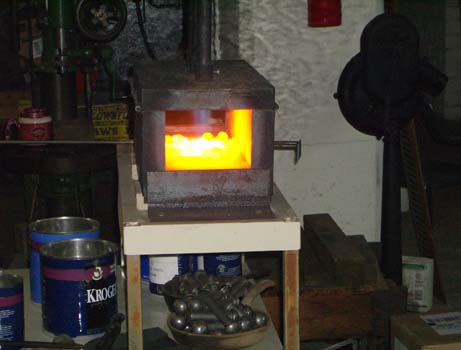
Gawell and Lockhart are embarking on what they expect will be six or seven weeks of riveting.
Both work full time as blacksmiths, hand-forging iron railings, chandeliers, wall sconces, fireplace accessories, sculptures and other items.
They already have straightened some of the bridge’s bent pieces. Now, the craftsmen are removing as many as 4,000 of the original, rusted rivets from the bridge’s columns and replacing them with new ones.
The bridge builders used a sledgehammer to drive in the rivets. Their successors are using a heavy pneumatic rivet gun.
Yesterday, the blacksmith shop grew hot and noisy.
Each chubby steel rivet, measuring a half-inch around and 1 3 /4 inches long, baked inside a gas-fueled forge that glowed yellow-hot.
One of the men withdrew the glowing rivet with tongs, thrust it through the rivet hole and clamped it in place with a rivet holder while the other, standing on the opposite side of the bridge column, pressed it in place with the rivet gun.
Again and again they repeated the process.
They are currently working on eight horizontal columns, each 27 feet long. They form the rectangle-shaped top of the bridge. Six vertical columns and four end columns will be next in the project.
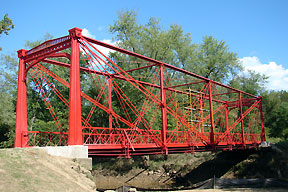
Barbara Powers, of the Ohio Historic Preservation Office, worked on adding the bridge to the National Register of Historic Places a decade ago.
“It’s very rare to have the bridge still in existence, and it’s wonderful to have it now be able to function and be appreciated by folks,” she said.

